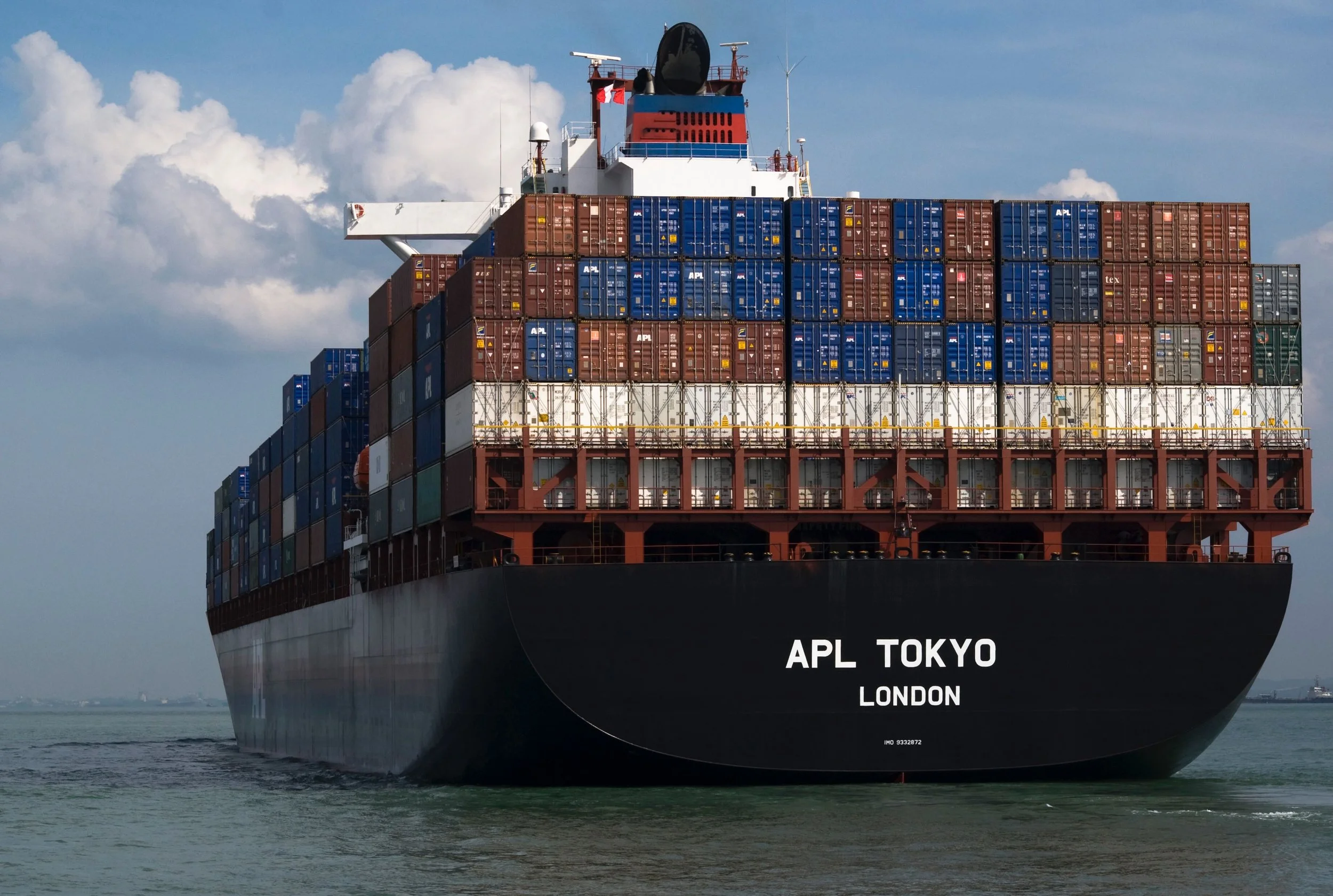Navigating Geopolitical Risks: Strategic Communications in Turbulent Times
The global trade landscape is fracturing. Resurgent protectionism, escalating tariffs, and geopolitical tensions have injected unprecedented uncertainty into markets. As the foundations of economic diplomacy weaken, businesses, investors, and governments face heightened risks. In this volatile environment, businesses and their strategic communications advisers are indispensable navigators, mitigating uncertainty, engaging stakeholders, and building resilience.
McKinsey: Geopolitics and the geometry of global trade: 2025 update.
The New Normal: Geopolitics Dominates the Risk Register
The traditional risk register, which once focused on internal issues or sector-specific threats like regulatory changes, is now dominated by geopolitical and geoeconomic risks. That spreadsheet that you looked at and which was often green or amber, well, the chances are that it is now all flashing red. This "new normal" of volatility includes:
Tariff Volatility: Unpredictable tariffs and retaliatory measures disrupt supply chains, inflate costs, and deter investment and growth.
Regulatory Fragmentation: Diverging trade policies force businesses to navigate a patchwork of legal frameworks across markets.
Market Instability: Economic shifts increase financial risks, eroding investor confidence and complicating corporate decision-making.
Reputational Vulnerability: Companies risk being collateral damage in political crossfire, damaging brand perception and stakeholder trust.
In this landscape, strategic communicators must shift from reactive crisis management to proactive risk anticipation, minimising reputational and financial fallout before it occurs.
Strategic Communications as a Risk Mitigator
To navigate this turbulence, communications professionals must adopt a proactive, three-pronged approach:
1. Intelligence Gathering and Scenario Planning
Monitor policy changes, economic indicators, and regulatory developments in real-time.
Cultivate relationships with trade bodies, think tanks, and policy analysts for early warnings.
Use data-driven scenario planning to prepare tailored messaging and response strategies.
2. Strategic Stakeholder Engagement
Engage governments, trade representatives, and regulators to advocate for favourable policies.
Facilitate cross-border dialogues to foster consensus and collaborative solutions.
Build alliances with trade associations and diplomatic entities to amplify influence.
3. Resilient Corporate Narratives
Craft adaptable narratives emphasising stability and long-term value creation.
Establish rapid-response frameworks to counter misinformation or political rhetoric.
Train executives in crisis communication to ensure consistent, transparent messaging.
Tactical Execution: From Strategy to Action
Beyond strategy, communicators must implement tactical measures:
Crisis War Rooms: Dedicated teams to monitor real-time developments in tariffs, trade disputes, and regulations.
Targeted Stakeholder Communications: Proactively update investors, media, and partners on strategic positioning.
Thought Leadership: Publish authoritative content to shape public discourse and educate stakeholders.
Diversification Messaging: Highlight efforts to diversify supply chains and reduce reliance on vulnerable trade routes.
The Future: A Proactive Approach
Uncertainty will remain a hallmark of global trade. Strategic communicators must:
Integrate Geopolitical Risk: Embed risk assessment into core business strategy.
Invest in Data Analytics: Leverage real-time monitoring of sentiment, markets, and policy shifts.
Foster Cross-Sector Collaboration: Strengthen alliances to shape policy narratives and protect business interests.
Develop Multi-Market Crisis Frameworks: Create adaptable responses for evolving economic conditions.
A Defining Moment for Communications Leaders
In this era of turbulence, businesses need strategic advisers who can help them and their investors navigate these uncertain times. Their ability to anticipate risks, shape narratives, and guide organisations at pace through uncertainty will define future leaders. As risk registers flash red, those who embrace this challenge will safeguard their organisations and seize emerging opportunities in an increasingly complex global economy.





